More than 100 farmers, contractors, Shire workers and landholders brushed up on their knowledge of important environmental legislation in September as part of the Drainage and Clearing Roadshow.
The six identical sessions, held in six towns over just two days, brought the people responsible for regulating the Soil and Land Conservation Act (1945) and the Environmental Protection Act (1986) into the rural communities of Nyabing, Dumbleyung, Wagin, Katanning, Tambellup and Kojonup to help improve understanding of the rules around groundwater drainage, de-salination and native vegetation clearing.
The Notification of Intent to Drain (NOID) process was covered in detail by the Department of Primary Industries and Regional Development (DPIRD). NOIDs are required whenever a landholder is going to be artificially moving groundwater from one location to another, even on the same property, through means such as drainage, pumping or disposal of de-salination reject water. The application process requires details about the proposed work, and comment forms from at least two downstream neighbours, so that the potential impact of the activity can be assessed. Forms are available at Notice of intent to drain or pump water (agric.wa.gov.au) and there is no fee.
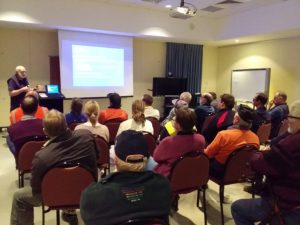
Katanning Roadshow session.
.
Officers from the Department of Water and Environmental Regulation (DWER) attended via video link, and walked attendees through important definitions under the Act – particularly what “clearing” and “native vegetation” actually encompass -, and the range of exemptions that make up the “5ha per year” clearing allowance rule. Further information about the exemptions can be found at A guide to the exemptions and regulatins for clearing native vegetation (der.wa.gov.au) , and landholders are encouraged to familiarise themselves with them.
“There is often confusion about what farmers and land managers are and aren’t allowed to lawfully clear, and how the 5ha per year isn’t a blanket permission, but is a cumulative total of very specific exemptions that need to be executed within the law,” said Ella Maesepp, Katanning Landcare. “It was very worthwhile being able to go through them in detail with the groups, and seek any clarifications straight from the horses mouth.”
DWER staff outlined the process for applying for a clearing permit for non-exempt works, including the fees and timelines.

Dumbleyung participants listening to DPIRD presenter Buddy Wheaton.
.
Hosted by Katanning Landcare, Wagin Woodanilling Landcare, the Shire of Kent, Southern DIRT and Dumbleyung LCDC, the events gave opportunity for land managers to ask questions in a friendly environment. Both DPIRD and DWER representatives encouraged anyone with questions in the future to get in touch and have a conversation upfront, rather than risk doing the wrong thing later.
“It was a valuable opportunity to get out on ground and talk with farmers,” said Buddy Wheaton, DPIRD. “It’s been a number of years since we were last able to do this, but the questions people ask haven’t changed, highlighting the importance of being able to do events like the Roadshow regularly to provide continued education and support to land managers.”

Tambellup participants listen to DWER on-screen
The Drainage and Clearing Roadshow was made possible through the support of the South West Catchments Council, through funding from the Australian Government.


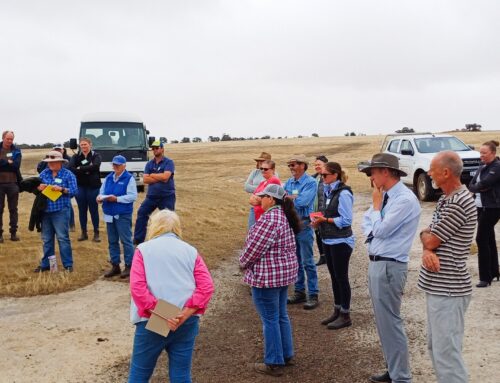
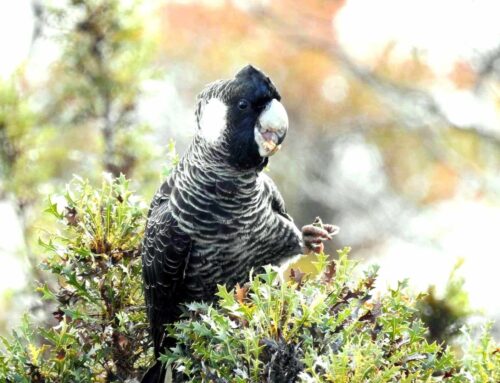

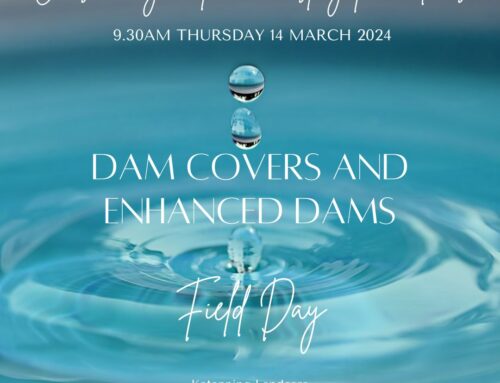
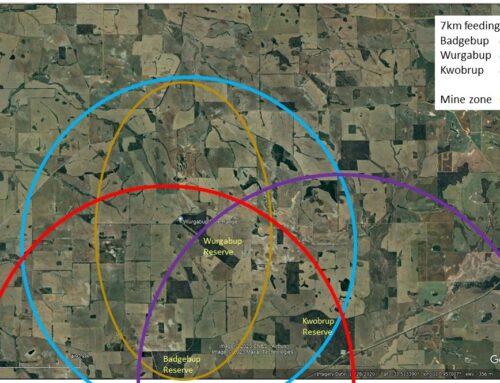
Leave A Comment